“We were here at least 56,000 years ago; Africans came over. The Mongolians don’t come until 2,600 BC and they shared their blood with the Africans and their children became the Native Americans. That is the story the powers that be do not want out there.” David Imhotep
Dr. David Imhotep Ph.D. is the author of The First Americans Were African, the groundbreaking book that challenges everything we have been taught about the origins and identity of the people of ancient America.
“Dr. David Imhotep brings us the evidence that shows that Africans peopled the American continents before any other people… Imhotep’s work must be considered in the forefront of our new awareness of the great depth of African contributions to the world of science and art, and human beginnings on this very continent.” Molefi Asante – author of The History of Africa.
Dr. Imhotep was born in Philadelphia, Pennsylvania and grew up in Baltimore Maryland, the son of an ophthalmologist father and a mother who worked as a housewife. Imhotep, like most African Americans was not exempt from the realities of racism in the United States and remembers one of his earliest experiences of racial discrimination:
“My father stopped on the highway outside of a little town to get some ice cream for his family and the lady told him he would have to go around to the side window, he couldn’t come to the front window because it was for whytes only. He had a fit and the lady called the police and the police got there and talked to my father and looked at his credentials and saw that he was an eye doctor and they let him go, but they escorted him out of town.”
It was in his senior year of high school when Dr. Imhotep read the autobiography of Malcolm X which opened his eyes to the greatness of Black people and changed his life forever, inspiring him to pursue his PhD.
He went to the University of Nebraska on a football scholarship where he studied Business Administration and then played for the Maryland Terrapins at the University of Maryland, Collage Park. He holds a Master’s of Science Degree in both Science and Computer Education from Nova University.
In 2008 Dr. David Imhotep received the first Ph.D. concentrating in ancient African history from Union University in Cincinnati, Ohio. He has served as President of the Egyptology Society at the Miami Museum of Science & Planetarium and was the founder of A.S.C.A.C. in Miami established in 1991. He has been featured in several magazines such as the Journal of Black Studies, in a feature entitled the “African Aqualithic Period.” He also holds a Ph.D. in nutrition from Donsbach University in Huntington Beach, California.
While writing his dissertation on how Nile Valley Civilizations, specifically Egypt, pre-dated Mesopotamian civilizations, Imhotep touched on the African presence in early America, however was cautioned not to delve too deeply into that subject lest his dissertation lose its focus. Once he completed his dissertation, he picked back up the subject and expanded his research into a full book which became The First Americans Were Africans.
Dr. Imhotep cites scholars Chancellor Williams, George G.M. James, Dr. Ivan Sertima and Cheikh Anta Diop as major influences on his work. He credits Diop in particular for influencing his writing style and to “base every single thing I say on evidence”.
In this exclusive interview, Kentake Page spoke with Dr. Imhotep on his groundbreaking and at times controversial book The First Americans Were Africans.
Kentake Page (KP): Give us 3 pieces of research, evidence or information that challenges or outright dispels the current narrative that the first Americans were descendants of Asians that traveled over the Bering Straits.
David Imhotep (DI): The first one is that a young lady wrote a dissertation on that very subject on how the Asians did not come over. She showed through her dissertation which was very pointed and very brilliantly written, that between 115,000 and 8,000 BC the Bering Strait was covered by a glacier one to two miles high and 1,500 miles across. So number 1, how would someone climb that and get on top and walk across from Asia to America? And number 2, if they did, how would they eat? Because no plants grow in ice. If there were no plants, how would the herbivore animals eat? If there were no herbivore animals, how would the carnivorous animals eat? And if there are no animals at all, how would the people eat? That did not happen until that glacier melted.
As far as Clovis* is concerned, you know they are talking about how the Asians came over Clovis 9,400 BC that is total BS as well because there were no Asians on the planet or whyte folks on the planet at that time period. So, even if they could have walked across –which they could not have- there were no Asians or whyte folks there were only Black folks on the planet.
Carmeli Schwartz is one of the most eminent DNA geneticists on the planet, he’s recognized all over the world. Have you ever heard of the human genome project? He was one of the people who started that project back in the 50s. It finally got rolling in the year 2002. It took them that long to put it together. From the information that they learned, he wrote a book about 2,000 pages, a ridiculously fat book, about 4 inches thick, it’s called The History and Geography of Human Genes. On page 145, you can check this; it says that there was no whyte skin before 3,000 BC. From the mixture of whyte and Black came all of the other so-called races.
First you had Africans on the planet of course, for two, three, four or five hundred thousand years, then you have the whytes who come into being around 3,000 BC, then you have the other races come out of them… Chinese, etc. etc… That’s from Cheikh Anta Diop and also Dr. Charles Finch, who was an MD, who writes about the differentiation of Blacks from whyte from a clinical point of view, a scientific point of view. That’s covered in my book.
*The Clovis culture is a prehistoric Paleo-Indian culture, named after distinct stone tools found at sites near Clovis, New Mexico and considered by mainstream scholars as the ancestors of most of the indigenous cultures of the Americas.
KP: The cover story of the January 2015 issue of National Geographic is called the First Americans and in the article there is no mention of even the possibility of Africans being the first Americans, why do you think that is?
DI: That type of bullsh*t is the kind of impetus that crawled up my butt and made me start writing! That right there! They put gasoline in my engine. I just wrote something last year, an academian wrote this book about Egypt, a very racist guy, he talked about how one of the temples was made so poorly, it looked like chimpanzees had made it. I wrote a 14 page scholarly (scouring) review of his book. That type of thing spurs me on to write.
KP: Talk about the Vikings and their relationship with the people called the “Skraelings”. Who were the Skraelings?
DI: This so-called Skraelings, who were none other than the four and a half foot tall Anu and Twa people from Africa, they were the first modern homo sapiens in the arctic and Scandinavia. It was the so called Skraeling -“so-called”, that’s just another way to throw you off to who they were- they were the first Vikings. They made the first ships that the Vikings would later copy; the first snow sleigh that the Vikings would later copy. They even wore the so-called Viking helmets with horns for thousands of years before there was any such thing as Vikings on the planet, let alone in Scandinavia.
You have the whyte Vikings seeing the Black Vikings and the Black Vikings showed them how to do everything because they thought they were going to be their brothers. Oh my God! They were in for a big surprise!
KP: How has that info been received, considering our current perception of Vikings?
DI: As far as the Vikings, there is a three to four volume set by Tryggvi J. Oleson called Early Voyages and Northern Approaches and that is where I learned about the Skraelings. These are whyte books. These books that study and learn from them, most of them are whyte scholars. They are not Malcolm X or Stokely Carmichael or things of that nature as these whyte folks think are all my sources. They are thrown aback when I tell them who my sources are.
KP: Give us some of the evidence that you uncovered on the connections between the Ancient Egyptian and the Ancient Americans.
DI: Funny you should ask that question, there have been Egyptian artifacts and structures – things like pyramids and temples- by so-called “Indians” who were writing on bark using Egyptian hieroglyphics, specifically the Mic Mac Indians. These items have been found from the Bahamas all the way to the Rocky Mountains. Who do you think built the pyramids in North, Central and South America? You’ve heard of the Nazca lines in South America? They are pictures of birds and flowers and whatever on these flat/rock planes… one picture may be a square mile. The only way you can read them is from up in the air. That’s the only way you can see them. They don’t even talk about the pyramids that are right next to them. In other words, who built these? Not space aliens, but Africans.
KP: Can you describe the ancient structures found in America such as the mounds?
DI: Sure, the first mounds of course, like the first people, were found in Africa. They go up to Northern Africa, and then they move to Spain, France, and England. There are a lot of mounds in England for sure and Scandinavia, Greenland, Canada and eastern America and Central and South America in that order.
Cyrus Thomas was appointed to study the American mounds for many years. He worked for the Smithsonian. After his long study, he wrote this incredible line, “There was a race of mound builders in America distinct from American Indians”. Now “distinct from” means that American Indians did not construct the mounds. It was strictly an African construction which can be seen all over Northern and Central Africa and in some of the mounds; you’ll see carvings of Black folks. As a matter of fact, there a few skeletons of the Skraelings, who were four and half feet tall, in some of these mounds.
There are different types of mounds. There are the kinds of mounds that are around the Niger River which one of the functions was when the rivers rise and flood the areas, the people would go up the mounds and live on them until the water would go down. There were burial mounds, animal effigy mounds; there are temple mounds as they made in the later days, made temple mounds and trading posts. There is also another type of mound which they’ve tried to keep out of history that is the dwellings that people lived in.
The Illustrated Encyclopedia of Native American Mounds and Earthworks by Dr. Gregory Little covers all kinds of mounds.
KP: Explain the racial connections between today’s Native Americans with Ancient Africans.
DI: The Native Americans that we see today are not the first Americans. They are a collage of two different people: The Africans who were here and the Mongolians who came over. If the Native Americans that we see on television were Chinese, why don’t they look Chinese? Do they look Chinese to you, other than the slanted eyes? They are not all the way slanted. (The eyes) are like in between. They don’t have the round brachycephalic skull or face. (The Chinese) have a flat face. Very round and flat. Whereas the Native American has the long dolichocephalic, which is an African skull and they have sharp features. The only thing where they look slightly like them is through the eyes and those eyes (that we say) look like the Chinese are not Chinese eyes. Those are African Kho-San eyes. Kho-San are some of the oldest people on the planet. They live in the Kalahari Desert as we speak right now, and they are short.
Here’s the thing. I didn’t find out about this until three years after I had written my book… I was in Atlanta somewhere speaking… in a big church with about 400 people in there. One more speaker walked upon the stage. This person was dressed as a Native American, but was a woman and she was BLACK. Not brown, not tanned, but Black with pig tails. Not silky, wavy hair, but Blackish type hair and she had long pig tails.
She said, “I am a Black Indian. We still exist her in America” and it blew my mind.
About half way through she picked up my book and she said, “I can take my people back fourteen generations. We are not mixed with any Africans or anyone else. We’ve never intermixed with them or anyone else. But all I can go back to is 250 BC. This man and this book take us back 56,000 years.” (Sidebar) It’s now a 100,000 years.
She said, “I believe every chapter in this book.” My head went around in circles. I went down to see if what she said was true. Every bit of it was true. There are still Black Indians Native Americans living in Louisiana. Before I went down there I asked her how many of them were left that were pure. She said, “Oh, about 24…” My eyes went down. She continued, “…thousand!” I said, “What did you say?! How many are unmixed?” She said, “About half.” I said, “There are still 12,000 unmixed Black Indians alive today?” She said, “That’s right. And there is more.” I said, “Let me sit down.”
She said there are more in Southern Mississippi, Southern Alabama, Southern Georgia, down into the Everglades. I said, “You mean the Seminoles?” She said, “No my dear, those are our people the Chahta.” I said “All these people are Chahtas?” She said, “Not Choctaws that’s a mispronunciation that the whyte folks have given us. It’s Chahta and all of those are Black.” I said, “Even in Florida, the Seminoles?” She said, “Seminoles is one of our names. It means runaway.”
She said, “They were our people until the whyte man brought them over from Africa and they started running away down to the swamps where the whyte man could not go and (then) joined our people.”
KP: There have been accounts of racial wars between the current Native Americans and Black people as well as accounts of enslavement of Black people by Native Americans. Do you think or hope your book can somehow bridge the gap between both people?
DI: That’s what I want to do. That’s one of the major things I want to do is bring Native Americans “back home”. They came from us and they came from the Chinese. But don’t forget that the Chinese were half Black. They were whyte and Black mixture. The Native Americans are ¾ Black and one quarter Chinese. So of course they are our Brothers.
KP: Has there been any new discoveries that corroborate your work since the publishing of your book?
DI: I found … a peer reviewed journal article, that the people that had been here 56,000 years ago down in South America, a French archeologist found a phenomenal find of stone tools. She did some thermoluminescence dating, which is dating rocks- you can’t use carbon dating on anything that has not been alive- She used thermoluminescence which studies the loss of electrons. They found rocks that had been shaped a hundred thousand years ago. That puts us at least 100,000 years ago in South America.
There’s going to be stuff that’s older. Just watch.
KP: What is your advice for budding historians?
DI: I would tell them to follow their passion. Whatever they are passionate about go after that. If you are passionate about something, it’s not work. You wake up every day and you are playing. This is play for me. I love it! Especially when they piss me off. That’s like going to a coffee shop and taking three hits of espresso. That’s what gets me high.
I would tell them read everything about their passion pro and con. Just don’t read the pro, read the con too.
KP: How can people get information about your book and your work?
DI: My website is historictruth.info. I give historic information about truth. Truth about history. I have some videos there.
KP: Any parting words for the readers?
DI: I want to help lift my people up and not put other people down, but lift my people back up so they don’t think they came from people in Africa that were just wearing grass skirts, living in huts with bones in their noses. And not have to say, “Well we had scientists too! We had mathematicians too! We had artists too! No! We had the first scientists. We had the first mathematicians. We had the first architects. We were the first ones to go around the planet and civilize the world. We were the firsts. Now does that mean that Black skin is better than anyone else? No. If the first people came from Europe and were white, then so be it. Just because we were first doesn’t mean we were better than anyone else, it means we were just first so live with it.
If the people want a copy of my book just go to my website and I’ll autograph it and send it to them. Read the articles that are there and the information and that information will lead them up to other things. In my book I have 714 footnotes, which if you want to start a Black library, there is your Black library right there.
————
Look for more of Kentake Page’s interview with David Imhotep where he discusses the controversy surrounding the possible existence of the City of Atlantis, the link between the Ancient Egyptians, Mandinka, Dogon and Ancient Americans, the Egyptian connection of the ancient Ports of Bimini in the Bahamas and more!
Additional sources:
http://www.authorsden.com/davidcjones
https://en.wikipedia.org/wiki/Clovis_culture



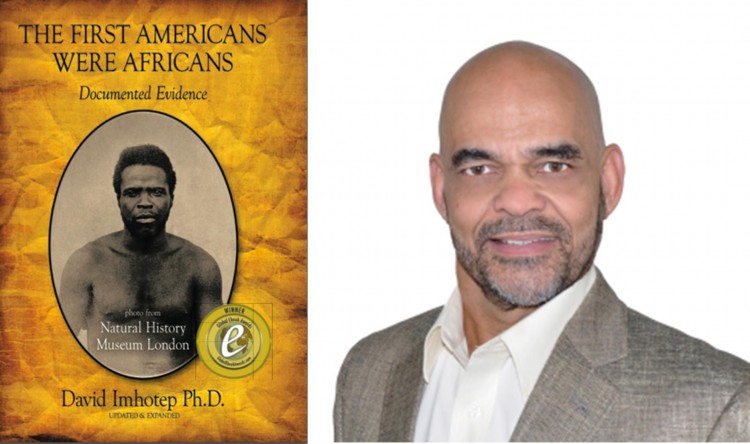

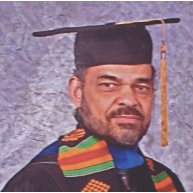

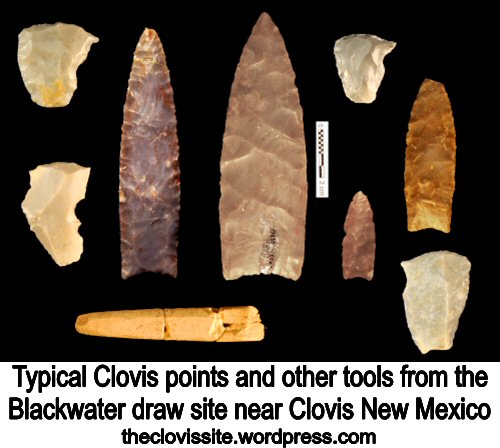

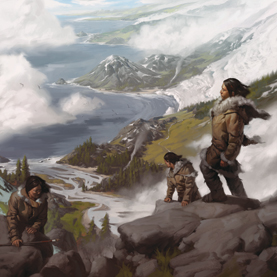

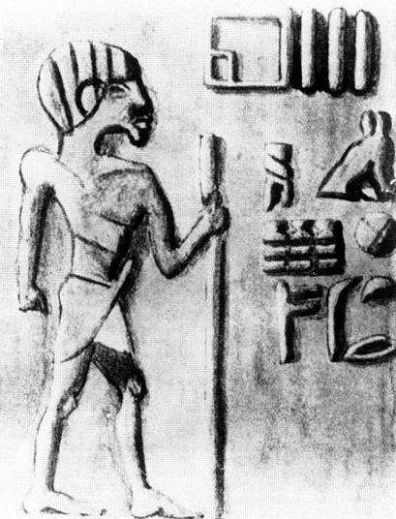

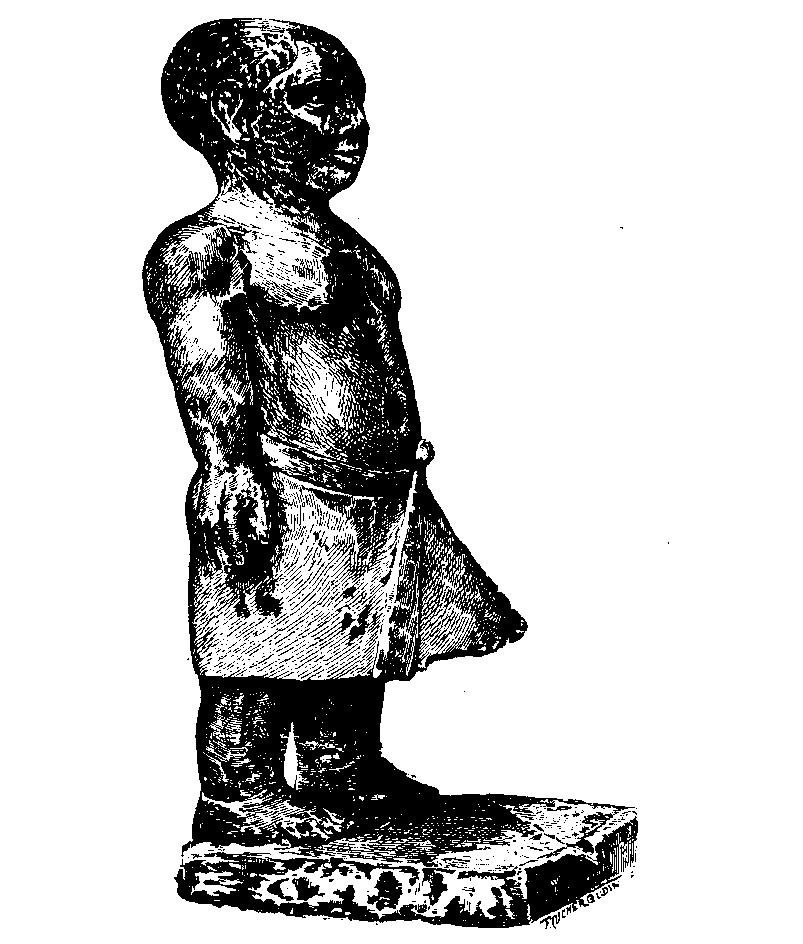

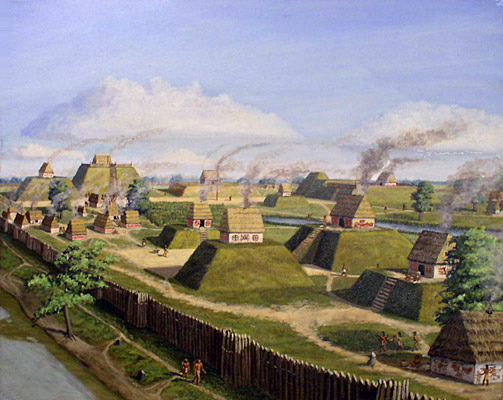

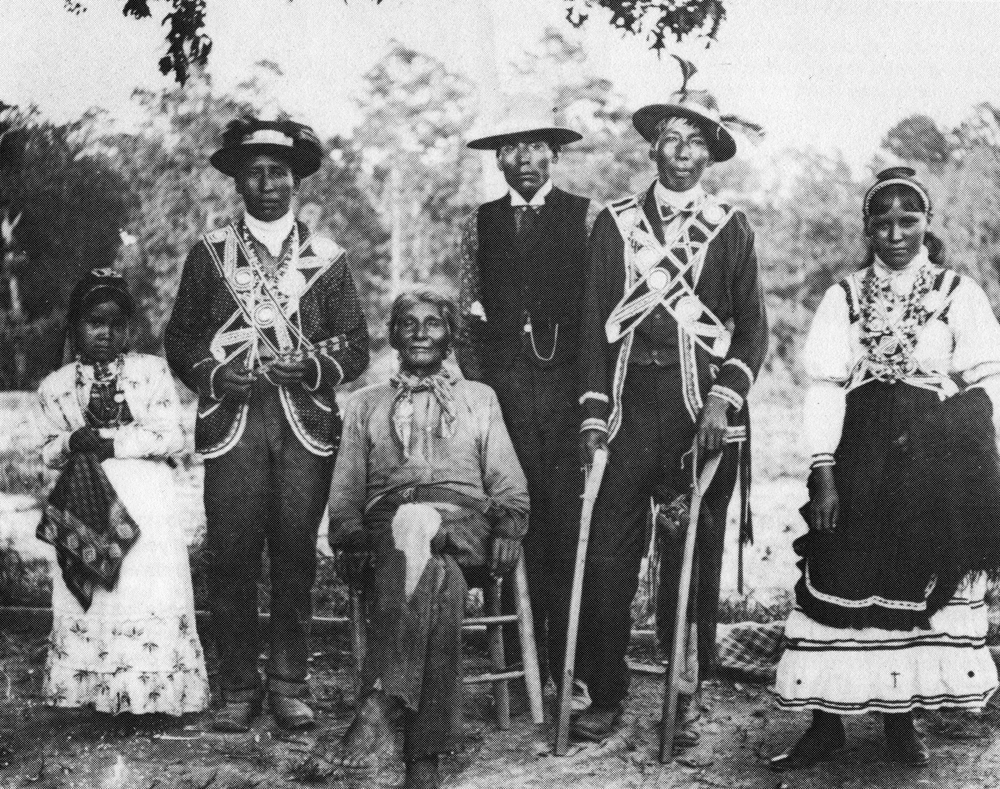
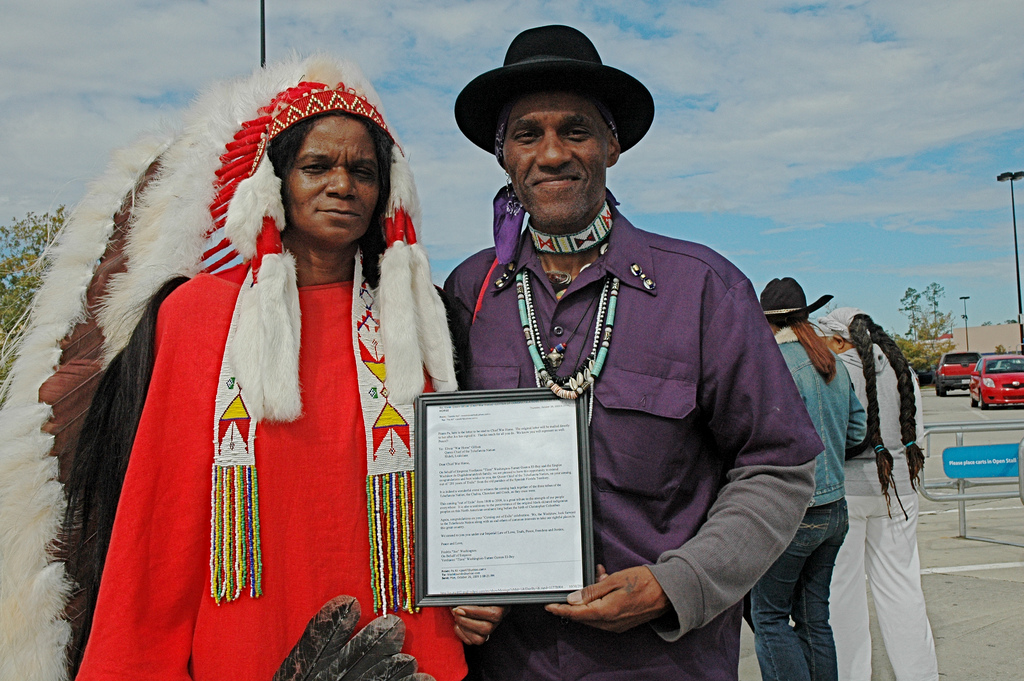
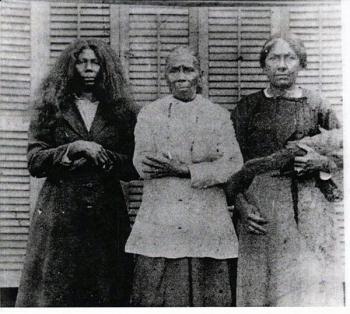
1 comment
Muy interesante. Muchas gracias.